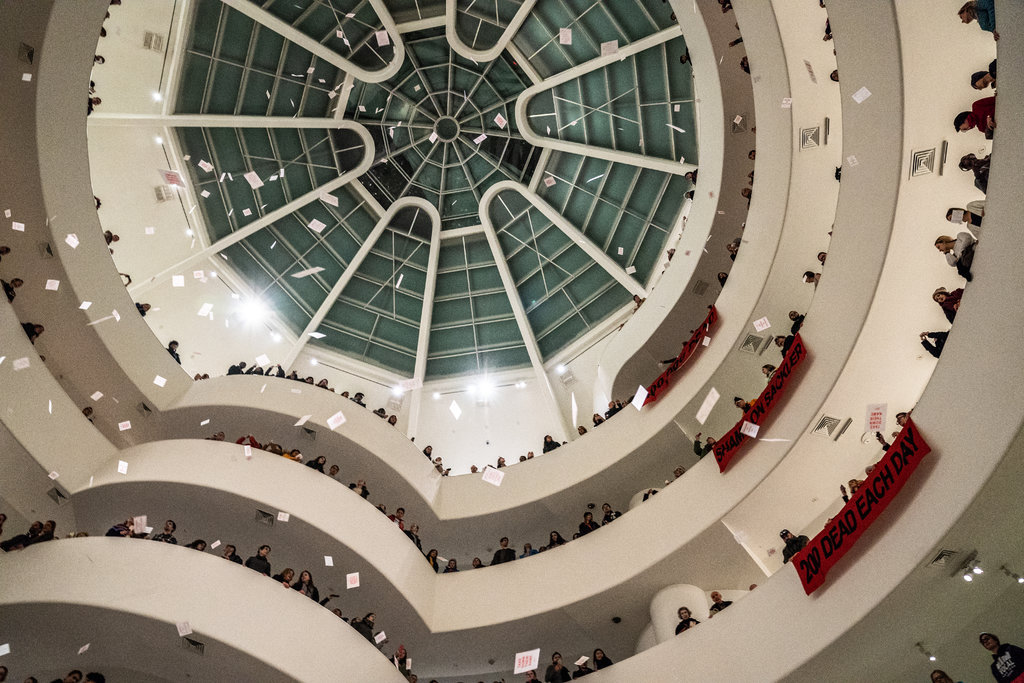This Week in Art News
Sacked Philanthropists, A "Fake" Proved Real & More
Each week, we scour the internet for the most significant, surprising, and outrageous art news—helping you stay informed (and sound smart). Have a suggestion? Let us know on social media (@meetmeural) with the tag #thisweekinartnews. (See all installments.)

There was probably no greater story in the art world this week than the fallout of protests made against the Sackler family, one of the most significant donors to the world’s museums, including the Louvre, the Guggenheim, the Met, and the Tate. It came as great surprise when two of those institutions—the Guggenheim and the Tate—declined to continue accepting gifts from the donors. Through a myriad of protests, activists made clear their distaste with the family for helping to cause the opioid crisis in America; the Sacklers founded and run Purdue Pharma, which invented the painkiller OxyContin and, through marketing and potentially corrupt measures, ushered it into homes everywhere.

We love tales of redemption, and we love tales of science mixing with art. This story, about a work by Sandro Botticelli, has both. The work in question had long been believed to be a fake of Virgin of the Pomegranate (now housed at the Uffizi Gallery but, through “X-ray testing, infrared studies and pigment analysis,” experts have come to the conclusion that “the copy” did in fact originate in Botticelli’s studio.

When one thinks of artistic freedom, turn-of-the-century Soviet Russia usually isn’t the first thing that comes to mind. And yet, this piece thoroughly makes the case for a new look at Russia in that the time period—and all of the 20th century, in fact. Not only did the range of political upheavals create distinct and original movements, these styles permeated throughout the rest of the world, indelibly helping to sculpt modern art as we know it.


